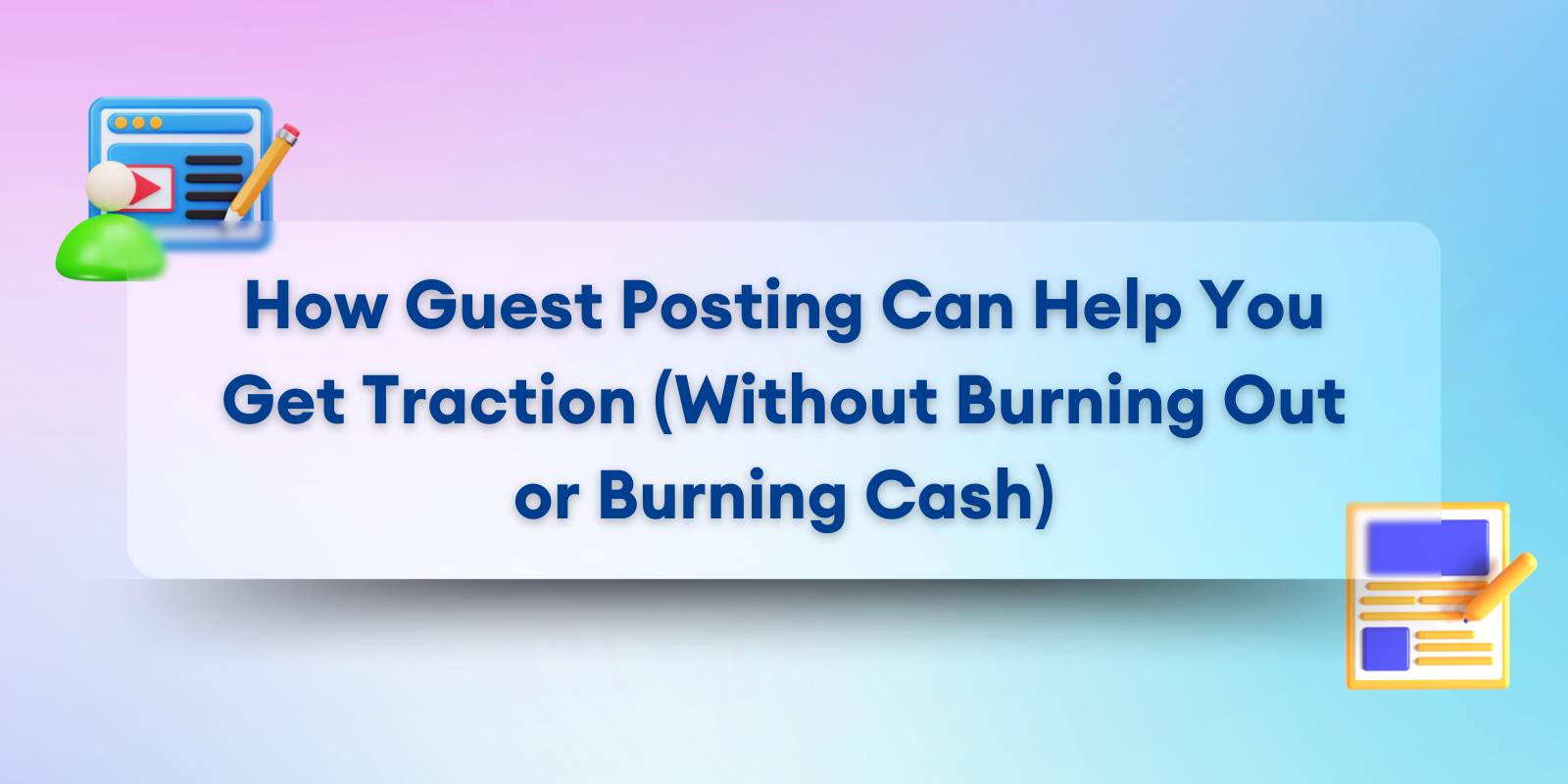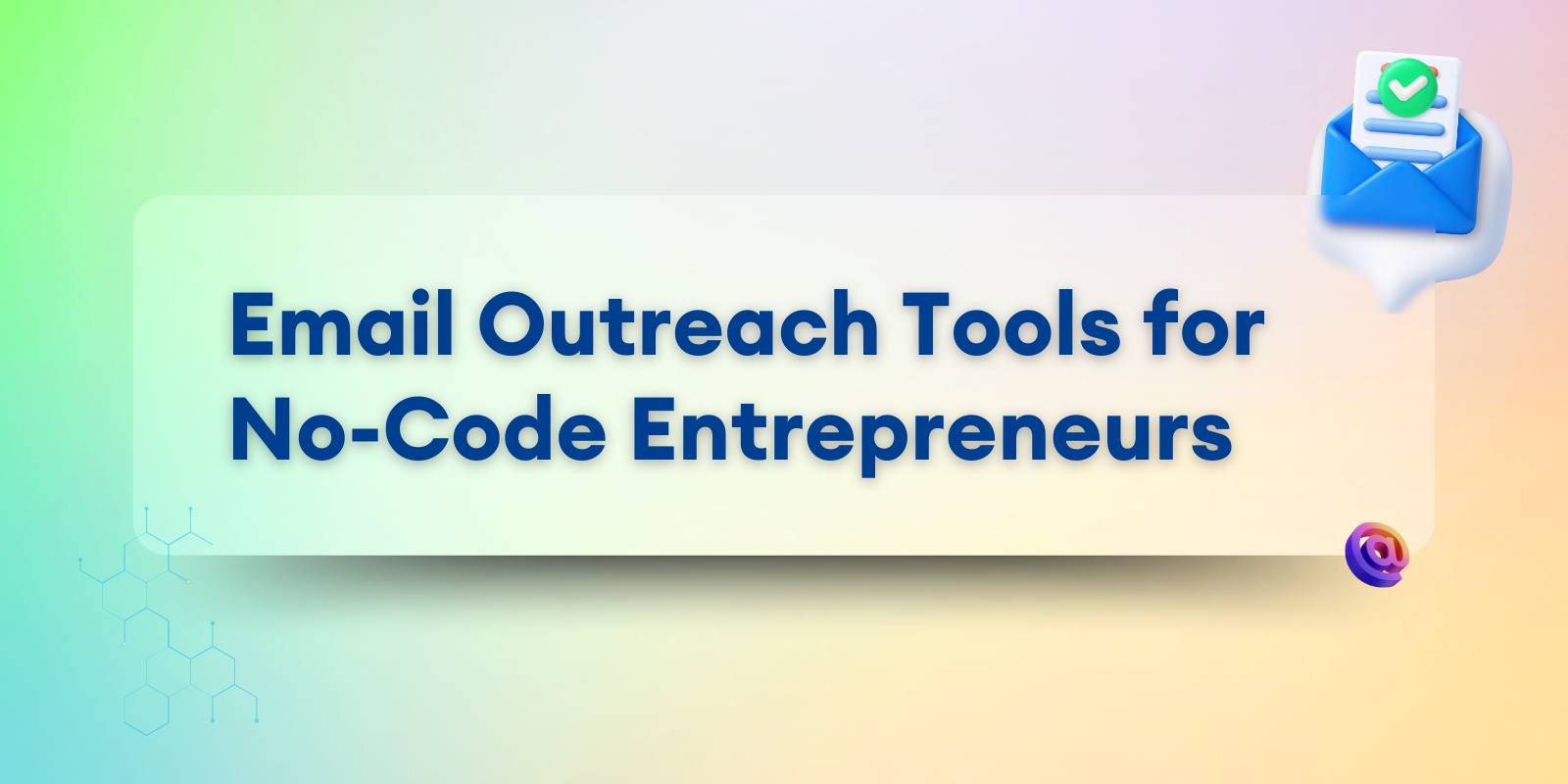
Most indie retailers are stuck doing one of two things:
- Hoping foot traffic turns into sales
- Running the same boring sign on loop
Meanwhile, the smart ones?
They’re letting screens do the selling, automatically.
This isn't sci-fi. It’s programmatic DOOH (digital out-of-home) advertising.
And no, you don’t need a Times Square budget to pull it off.
All you need is a screen, a cheap sensor, and one tool that swaps content based on what’s actually happening inside your store.
Rush hour? Highlight bundles.
Empty aisle? Trigger a promo.
Peak dwell time? Change the offer, while they’re still standing there.
This guide breaks it down.
Step by step. Budget-friendly. No team needed.
Let’s turn your shop into a smart, self-optimizing sales machine.
Why DOOH Is No Longer Just for Big Brands
You’ve seen the flashy screens in airports and big malls. Motion graphics. Location-based promos. Ads that somehow know it’s raining outside.
Until now, those kinds of displays felt way out of reach for solo founders or neighborhood shops. They required expensive gear, agency retainers, or a full-time media team to manage them.
But here’s what changed:
- Digital signage got smarter, and cheaper.
- AI and automation made creative swaps instant.
- And new software made all of it manageable by one person (aka you).
What used to be enterprise-only tech is now solo-operator friendly.
That means you can run a responsive, data-powered storefront, without needing anyone else involved.
Let’s break down exactly why this shift is happening… and how indie retailers are quietly stepping into what used to be big-brand territory.
Static Signs vs. Smart Signs: A Quick Shift in Retail Reality
Posters don’t react. They don’t test, tweak, or change when your store gets busy.
Smart screens do.
They pull in real-time data, like time of day, weather, or foot traffic, and update your signage on the fly.
So the customer walking in at 5 PM doesn’t see the same thing someone saw at 11 AM.
This dynamic approach isn’t just “cool tech.”
It actually performs better. People pay more attention. Dwell time goes up. Conversions follow.
And because it’s software-driven, there’s no reprinting. No setup chaos. No guessing.
The Democratization of DOOH: Why Indie Retailers Can Compete Now
A few years ago, this setup would’ve cost you thousands.
Now? You can run it from a tablet, a screen you already own, and a single software subscription.
Digital signage software now gives indie brands access to the same programmatic controls used by national retailers just without the overhead.
That means:
- Targeted content, triggered by real-world data
- A single operator (you) managing the whole thing
- Set-it-once campaigns that run 24/7 without hand-holding
Programmatic DOOH is no longer about buying billboard space in Times Square.
It’s about being the smartest shop on your block.
And you’re perfectly positioned to do it.
The Big Advantage for Small Stores: Smart Screens That Sell for You
Here’s what most bootstrapped store owners don’t realize:
You’re sitting on valuable attention.
Not just online.
Right there, inside your four walls.
The challenge? Most of that attention is underutilized.
People glance around, browse aimlessly, maybe pick up something, maybe not.
But what if the screen near your checkout knew that a certain product was trending this week?
What if it swapped in a high-converting message right when people linger near the display?
That’s not wishful thinking. It’s how programmatic signage works.
Let’s look at what’s possible.
Real-Time Triggers: What’s Happening Drives What’s Shown
- If it’s raining, the screen pushes umbrellas or hot drinks.
- If traffic peaks at lunch, it promotes quick-grab meals or lunch bundles.
- If someone dwells too long in front of a display? It switches from awareness to urgency messaging.
This is the kind of creative flexibility indie brands rarely tap into, because they think it’s too technical.
But here’s the kicker: modern digital signage software now bakes in AI analytics to swap creatives when dwell-time peaks.
No dev team. No campaign manager. Just rules you define once, and the screen handles the rest.
More Attention, Less Waste: Why Static Creative Is Holding You Back
You wouldn’t run the exact same Instagram ad every day for a year.
So why does your in-store screen still loop the same 3 slides?
With smart signage:
- You stop guessing what message to show
- You tailor content to timing, context, even inventory
- You run targeted promos while the customer is right there
And the best part?
You can test messaging the same way you’d A/B test a landing page.
One version for weekdays. Another for weekends.
Promo when inventory dips. Product video when a new shipment lands.
Every second of attention becomes usable.
And for solo operators? That’s a serious edge.
How to Set Up a DOOH Loop Without Breaking the Bank
This is where most indie founders freeze.
“Sure, it sounds cool. But I don’t have a design team. Or time. Or budget.”
Good news: you don’t need any of that.
Modern programmatic DOOH isn’t built for ad agencies anymore, it’s built for people like you.
If you’ve got a screen, Wi-Fi, and an afternoon, you’re halfway there.
Let’s walk through how to set up a lean DOOH system that works even if you’ve never touched “ad tech” in your life.
Your First Setup: The No-Fuss, No-Code Stack
Step 1: Start with what you’ve got.
Have a smart TV? Great. Got an old monitor in storage? That works too.
Step 2: Pick digital signage software built for small teams.
Look for:
- Drag-and-drop scheduling
- Real-time content switching
- Mobile or web dashboard access
- Affordable monthly plans
Step 3: Load your first campaign.
Use Canva or Figma to design a few key creatives:
- Offer of the week
- “New in stock” highlight
- Social proof (e.g., “400+ pairs sold”)
Upload. Schedule. Done.
Automation Layer: When Your Sign Starts Thinking for You
This is where it gets fun.
Most tools now let you set conditions. For example:
- If it's sunny, promote sunglasses
- If dwell time hits 8+ seconds, swap in a limited-time offer
- If it's Saturday, queue your “weekend bundles” slide
You’re not just running a screen anymore.
You’re automating marketing ops without lifting a finger.
No budget bloat. No agency retainer. Just a smarter storefront, working in the background.
Measuring What Matters: Know If It’s Working (and What to Fix)
You don’t need complex analytics dashboards or eye-tracking heatmaps to get real insights. You just need visibility into whether your screens are pulling their weight.
Let’s keep it simple and actionable.
What Metrics to Track (That Actually Matter)
Here’s what you should keep an eye on:
- Foot traffic before vs. after campaigns: Use tools like people counters or even manual logs.
- Sales lift during promo windows: Track when certain creatives go live and see if sales spike.
- Engagement triggers: If your signage software includes dwell-time or interaction tracking, use it. See what makes people pause.
- Content rotation health: If the same 2 slides have been looping for 3 weeks, that’s a problem. Rotate regularly and log performance.
You don’t need to track everything, just enough to know if your messaging is landing.
Use These Learnings to Improve (Not Overwhelm Yourself)
You’re not aiming for perfect.
You’re aiming for:
- One creative that pulls more eyeballs
- One message that lifts sales 5%
- One layout that gets people to pause
Small wins compound. And over time, your signage becomes more than “just a screen”, it becomes a system.
When you see that a certain promo slides the needle? Run more like it.
When one flops? Swap it out.
Let the results guide you, not gut feelings or trends.
That’s how solopreneurs scale smart: with feedback loops, not guesswork.
The Tiny Storefront With a Citywide Presence
You don’t need to open ten more locations to look ten times bigger. You just need to borrow visibility.
And digital-out-of-home (DOOH) makes that possible, even on a scrappy indie budget.
How to Extend Your Reach Without Renting More Space
Here’s the play:
You partner with local venues that already have foot traffic, and screens.
Think:
- Coworking spaces
- Gyms
- Indie cafés
- Salons and barbershops
- Shared retail hubs
Most of these places don’t have a monetization plan for their screens. Some are open to barter, others to a flat monthly payment (often less than $50).
You bring them sleek, relevant content. They get free ambience or affiliate rev-share. You get access to their audience.
It’s local, lean, and wildly underused.
A Note on Ethics and Fit
This isn’t about spamming strangers.
It’s about hyper-relevant placement.
A streetwear brand showing new arrivals in a sneaker-friendly café? That fits.
A skincare pop-up featuring hydration tips at a yoga studio? Smart.
An indie productivity SaaS running Pomodoro tips at a coworking space? Love it.
Always lead with value, aesthetics, and alignment. If it looks like an ad, you’ve already lost.
What Local Growth Looks Like
You’ll start small:
- A screen in your shop window
- A second in your gym’s lounge
- A third in your friend’s boutique
Before long, you’ll have a loop, one that works while you sleep.
Your brand doesn’t just live inside your store anymore. It lives across the city.
And to the people who keep seeing it?
You’re no longer a small business.
You’re the go-to.
You’re everywhere.
Final Word: Go Big Without Spending Big
Retail visibility used to be a pay-to-play game.
Billboards. TV. Massive print runs. It was expensive, inflexible, and mostly reserved for the big players.
But now? The rules have changed.
Programmatic DOOH levels the field for solopreneurs, indie retailers, and tiny teams that want to look sharp, speak directly to foot traffic, and grow without adding overhead.
You don’t need a media agency.
You don’t need to “figure out ads.”
You just need a screen, a message, and the right system.
Modern DOOH software now bakes in AI analytics to swap creatives when dwell-time peaks. That’s where your offer meets your customer, at the exact right moment.
So if you’ve been staring at your shop window thinking,
“There’s got to be a smarter way to grow…”
There is.
And it’s probably already plugged in.




